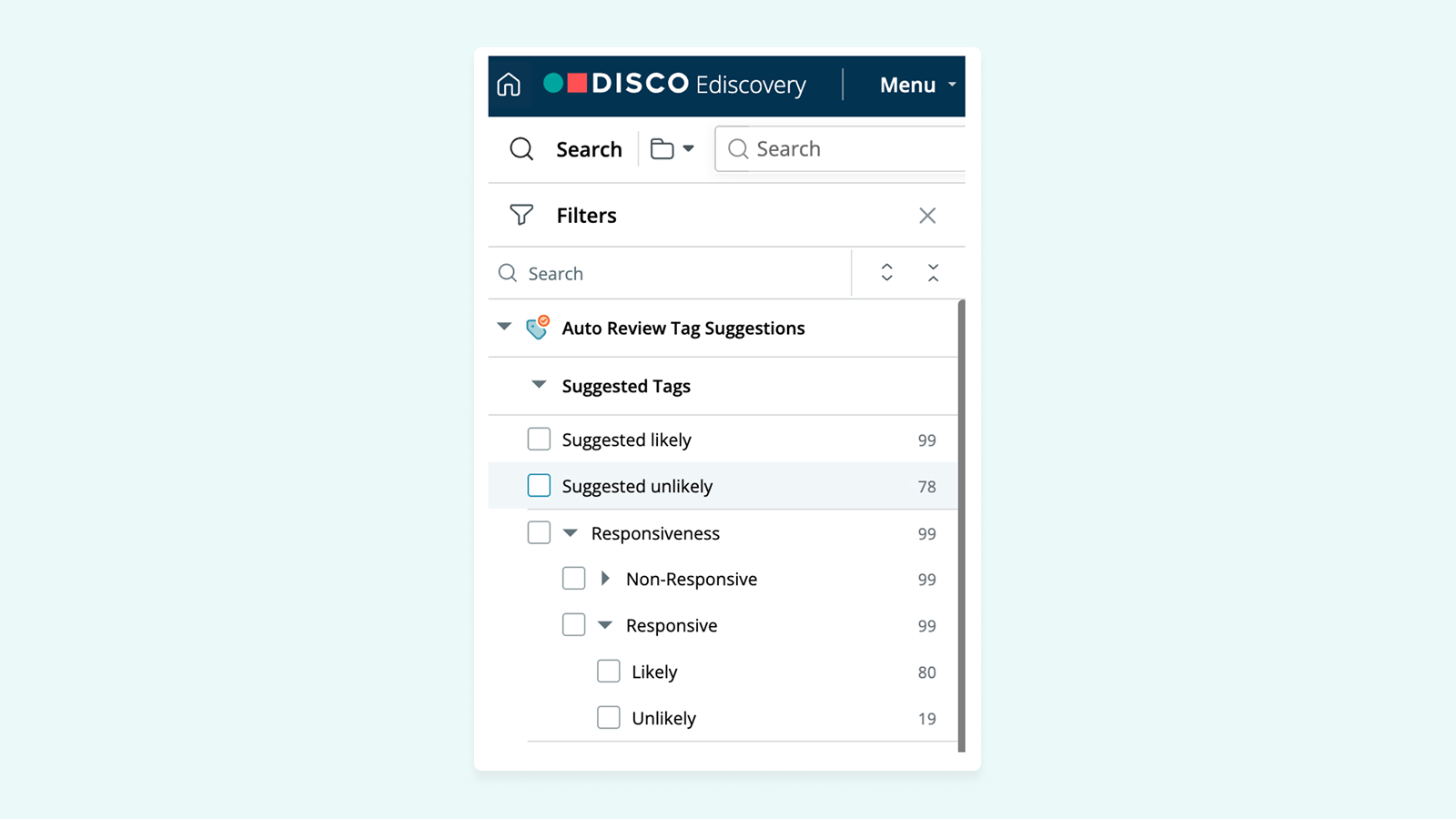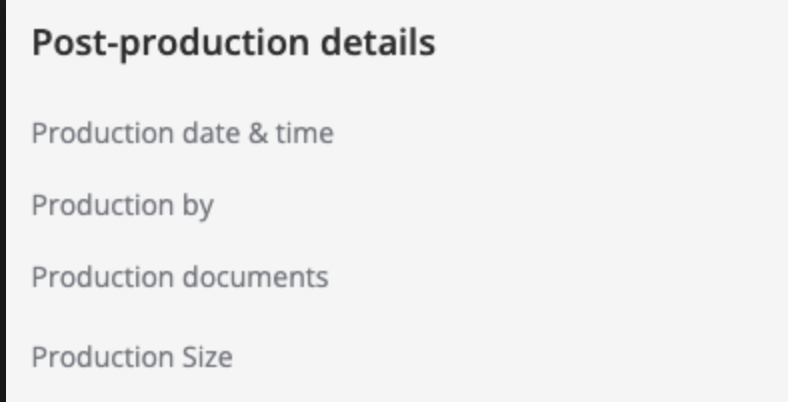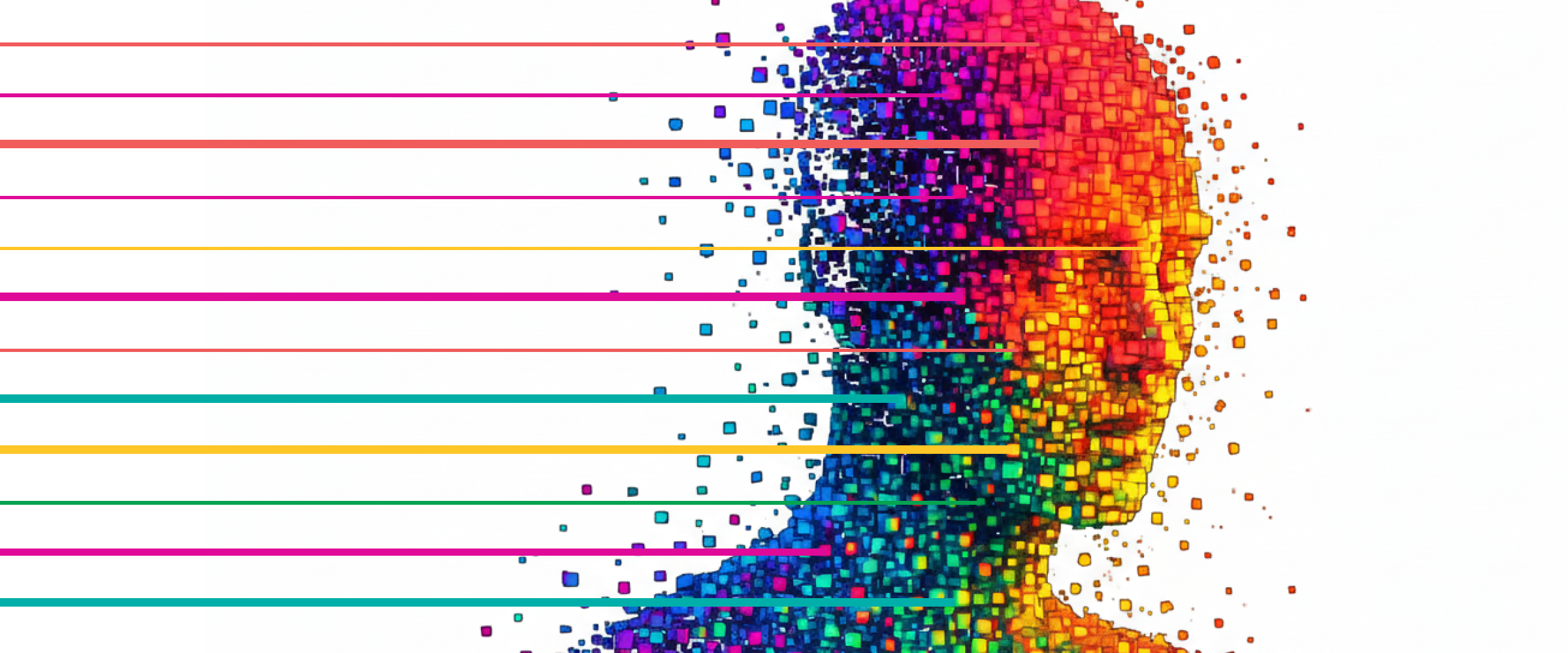⚡️ 1-Minute DISCO Download
Meet Jim Snyder and Matt Hinze
Chief Architect at DISCO and Principal Software Engineer at DISCO
Engineers, inventors, and humans.
Q: How do you see the relationship between humans and AI evolving?
Jim Snyder (DISCO Chief Architect): In 1991, I worked on a team of architects to figure out how much energy a building would consume before it was actually built. With some information like what shape and material the building would be, we were able to apply a neural network to draw, scale, and digitize the building to run simulations of energy usage. We were able to solve that problem with machine learning 25 years ago, imagine what we can do with AI now.
As with all technology, AI can be used for evil and it can be used for good. Despite how new or impressive a technology is, humans are the ones who hold the creativity. Our ability to create and imagine things out of thin air is so impressive. I think that’s the part that gets lost in a lot of conversations about the doom and gloom of AI – that humans are pretty magical.
Matt Hinze (DISCO Principal Software Engineer): AI is a winner, and I think humans are not going to be rejected or threatened by AI. I like to think, if AI really does become as intelligent as some predict, it will understand that humans are special, maybe in the way that we see our pets. Humans are so cool. We can be confident in our creativity and conscientiousness.
Q: Can you give a brief overview of the patents you worked on?
📄 U.S. Patent No. 11,818,232 (System and Method for Tenant-Specific Data Modeling for Field and Domain Interconnection)
Snyder: When a lawyer is conducting document review and creating a production, the search fields that they are working with are not always consistent. Before, a user would search for fields that were not in their production – and those fields were producing things that they weren’t able to search for. This made users crazy, and as databases kept growing, so did the problem.
We had to figure out a set of protocols for the product to have a consistent model, and for users to be able to add new production fields to sort and search through on their own. This process used to take six weeks of coordinated releases. With this patented technology, customers can now do it on their own.
📄 U.S. Patent No. 11,790,017 (Systems and Method for Searching Related Documents and Associated Search Operators)
Hinze: This patent is about a way to query documents and their attachments while selectively excluding some documents from that query. If you do a search for documents that are tagged “hot,” you’ll get all those tagged documents plus their attachments, which we call “family members.” That wasn’t super helpful in terms of understanding the consistency of a tag across families if, for example, you had an email attachment that was tagged hot but the email itself wasn’t.
We built a query that would let you compare the attributes of a parent document against the attributes of its family documents. This problem has been around since 2016, and through working on different products we were able to develop a technique for solving it. This wasn’t an overnight invention.
Related: Humans Behind the AI: The AI Consultant 💻
Q: Why do you think these technologies are important?
Snyder: At DISCO, we work on a lot of very cool problems. We have the potential to actually impact material change in the practice of law, making it more transparent and equitable as an institution. What I call the “human toil problem” is that we have so much information to process at all times that it becomes difficult to make decisions. We spend so much time doing very tedious, manual work.
What AI can assist with is parsing through massive amounts of information to find important details. Then we’re more equipped to make decisions with high quality, high confidence, and in a much faster time. That process is what people refer to as decision science.
Hinze: The work we do makes the legal system more humane and accessible to real people. When lawyers are able to spend their time doing “lawyerly” things instead of laborious document review, it makes the legal system work better for everyone. I believe the legal system is the best way we’ve seen to resolve disputes throughout history: we went from sword fighting to the courtroom. Legal matters affect us in so many different ways, from politics to family life, and I’m proud that this patent is able to help make small, incremental improvements to such an important process.
Related: Humans Behind the AI: The Chief Science Officer 🧪
Q: What lessons did you learn from the patenting process?
Snyder: The only good patent is the one you’ve defended. To patent something is a lot of work, and the invention is really only an idea until it’s been enforced and tested. To do something like this, fundamentally, you have to be curious. You have to ask yourself how something works and push yourself to figure it out. Just observing the world won’t get you very far in this process, you have to continuously ask questions and remain curious.
Hinze: The main thing I want to highlight about inventorship is that it’s a team effort. I didn’t get this patent by myself: I’m on a team of highly experienced, brilliant engineers who enjoy working on really hard problems. The opportunity to work with people like that is rare, and it’s what’s kept me here at DISCO for almost nine years.
(My claim to fame at DISCO is that I started our “Wordle” Slack channel. I wanted a space where we could just come in, share, and encourage. Our team is awesome.)
Related: Humans Behind the AI: The Educator 📚
Q: What is your biggest hope and your biggest fear for the future of AI or legal?
Snyder: My biggest fear is that people will figure out how to do evil with AI. The technology itself is not evil, but the problem is in what we choose to do with it. I hope that we apply this technology to actually help people make super good decisions. In fields like legal and even medicine, for example, AI will be a human aid to make us better, faster, smarter, stronger. I’m pretty optimistic about that.
Hinze: My biggest hope is that I want DISCO to succeed, to be commercially viable. I want to make a difference in this project that we’re all engaged in to make the legal system work better for everybody. I honestly have a lot of optimism about that; I think this mission is a winner.
For further reading on the future of legal technology and how AI is shaping the landscape, click here.
Meet more Humans Behind the AI:






%20(1).jpeg)








